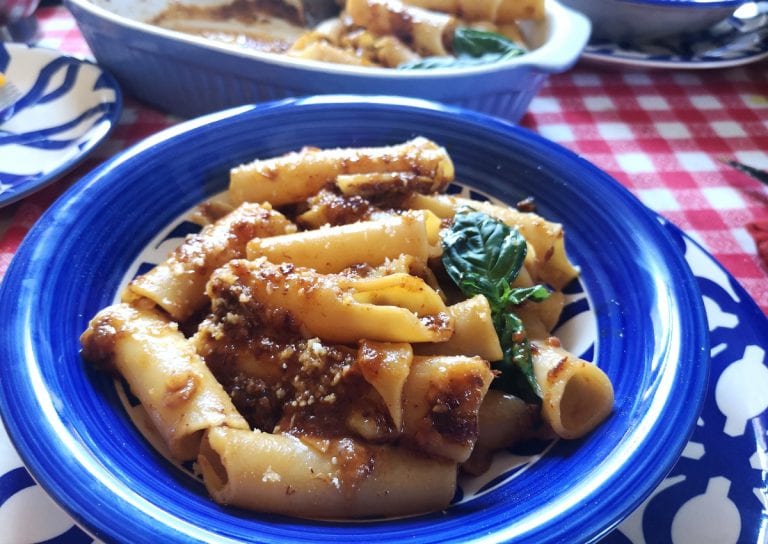
In 1837 Ippolito Cavalcanti publishes the cookbook Theoretical-practical cuisine which is rightly considered a cornerstone of Neapolitan gastronomic literature.
Cavalcanti's theoretical-practical cooking cookbook
This is a very special publication, where the second part, entitled "Casarinola cuisine for Neapolitan nuosto use", it is written entirely in the Neapolitan dialect. If the beginning of the volume shows different recipes of timbales and sartù, typical creations of an elaborate cuisine linked to haute cuisine, the second surprises us with the extreme modernity of the recipes presented, which are clearly different from the more traditional gastronomic scene. Some preparations stand out for being particularly current, like spaghetti with tomato sauce and those with clams; among these also one of the first examples of macaroni seasoned with stew sauce made with only onion, without tomato.
At the time, there was already the Neapolitan ragù with tomato inside, but until the end of the nineteenth century the two versions alternated, before dividing, also at the lexical level, between the "Neapolitan" and the "genovese”
The recipe for Ippolito Cavalcanti's Ragù, Theoretical-practical cuisine, Napoli, 1837
This recipe has the particularity of creating a very savory and aromatic base, which goes perfectly with pasta, while the meat is served separately, as a second course, according to traditional use. The recipe takes many hours to cook, but considering that, for better or for worse, we are at home, we might as well fill the air with these splendid perfumes.

Ingredients for the dressing (per 4 people)
- 1,2 kg of beef in one piece (recommended cuts: scanello, fesa, walker or under-thigh)
- 2 ounces of seasoned white lard
- 1 onion and a half
- sale (very little because of the salty lard)
- pepe
- Optional: a clove of garlic and / or a ground clove
For pasta
- 400 gr di ziti o zitoni
- 80 gr of provola cheese and grated aged caciocavallo
- a few basil leaves
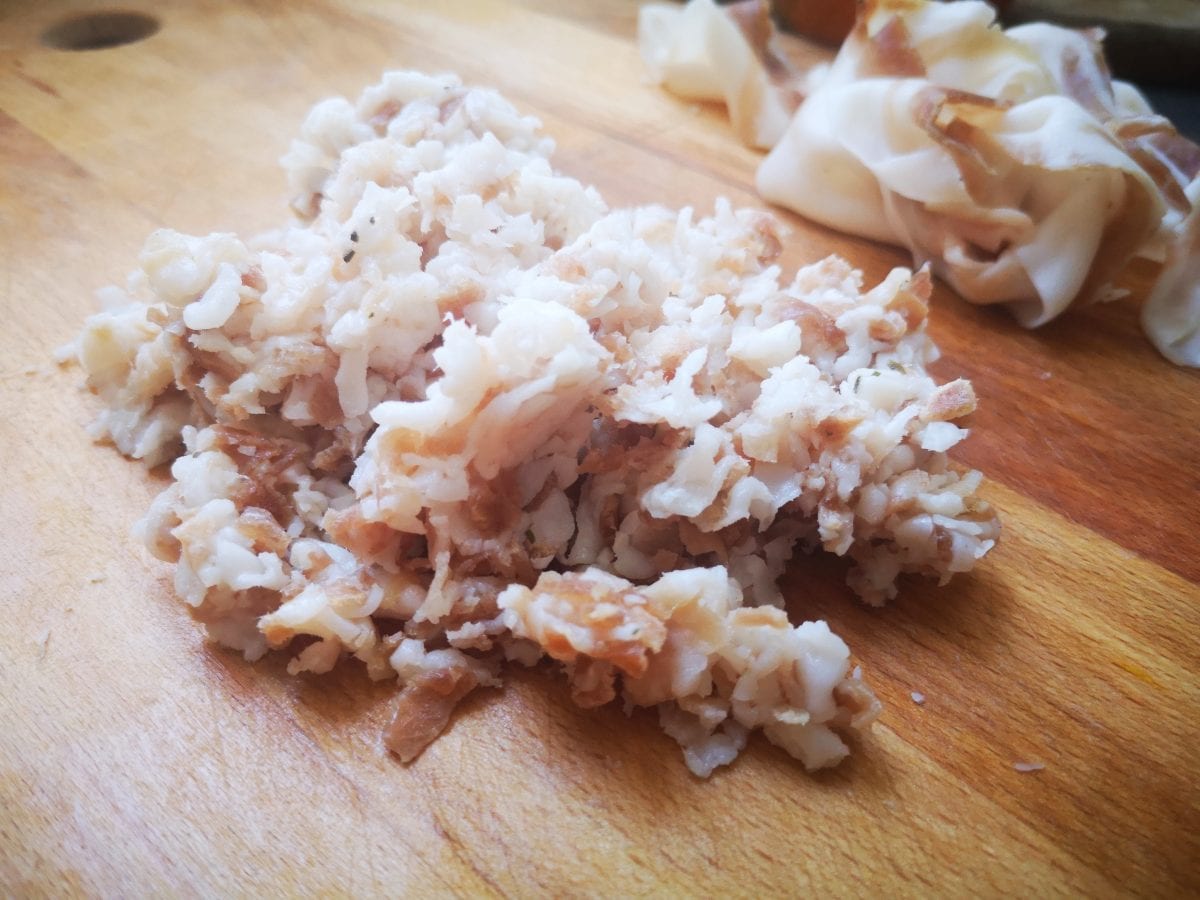
The original recipe calls for lard to be added to the pot, onions and meat at the same time. This method requires great skill to bring the meat to perfect browning without burning the onion, for this reason we advise you to proceed in separate moments.
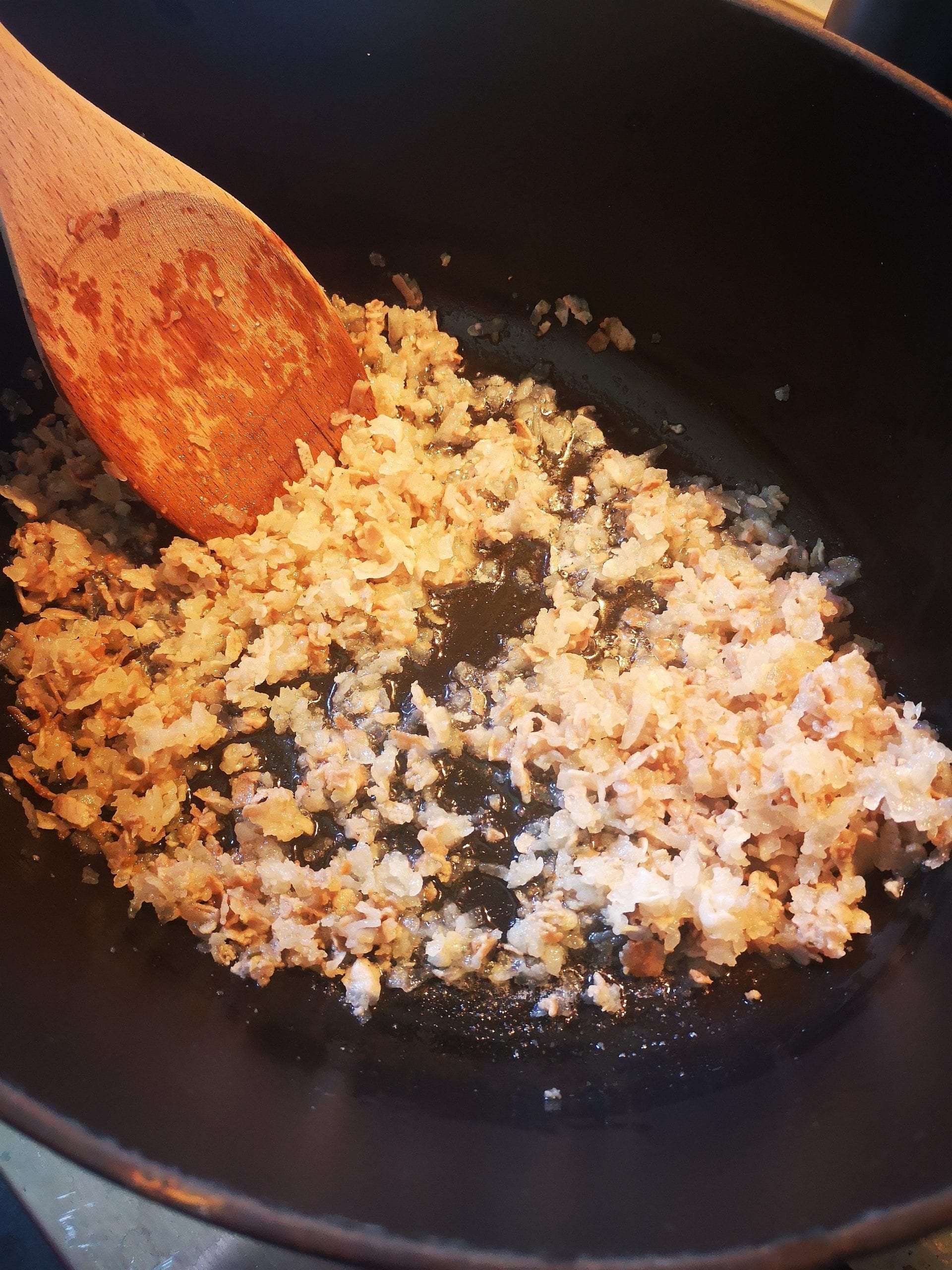
First of all, carefully chop the lard and slice the onions. Put a high-sided saucepan over low heat and melt the lard. The pan must be made of cast iron, or rather terracotta, to ensure the uniformity of cooking at low temperatures.
When the fat has completely liquefied, raise the heat to raise the temperature, insert the meat and brown it carefully on all sides, turning it often and being careful not to burn it. This operation is extremely important because the Maillard reaction will release the aromas of the meat which will then pass into the sauce, otherwise "It comes boiled meat with tomato and onion" as it says Pink Woman on Saturday, Sunday and Monday by Eduardo de Filippo.

When the meat has taken on the typical brown shades, add the onion, let it brown for 5 o 6 minutes before adding a ladle of water. Let the water evaporate completely and repeat the operation a couple of times. When the base has reached a dark shade, add the water at least up to half of the piece of meat. Add a little salt, plenty of pepper and close with the lid, lowering the heat to low and let it simmer 5 about hours, turning the meat from time to time and stirring the bottom.
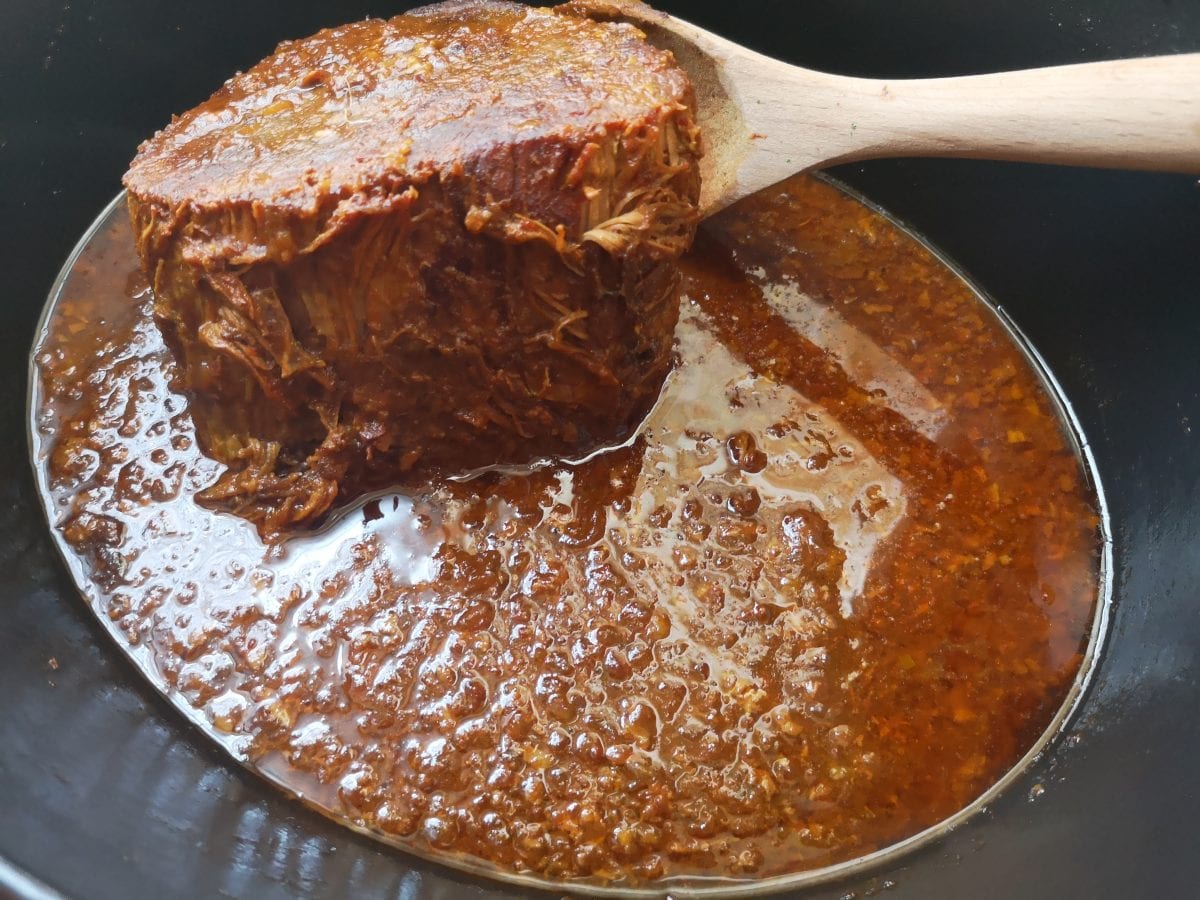
The 5 ore, Partially open the lid to evaporate the excess liquid, until it is reduced 1/3 about. This should take approx 3 hours and it is very important to mix often, especially towards the end of the proceedings, when the bottom begins to thicken. When the sauce is ready, take the meat out of the pot and keep it warm with a little sauce, meanwhile, break the ziti by hand, as tradition dictates and boil them in salted water.
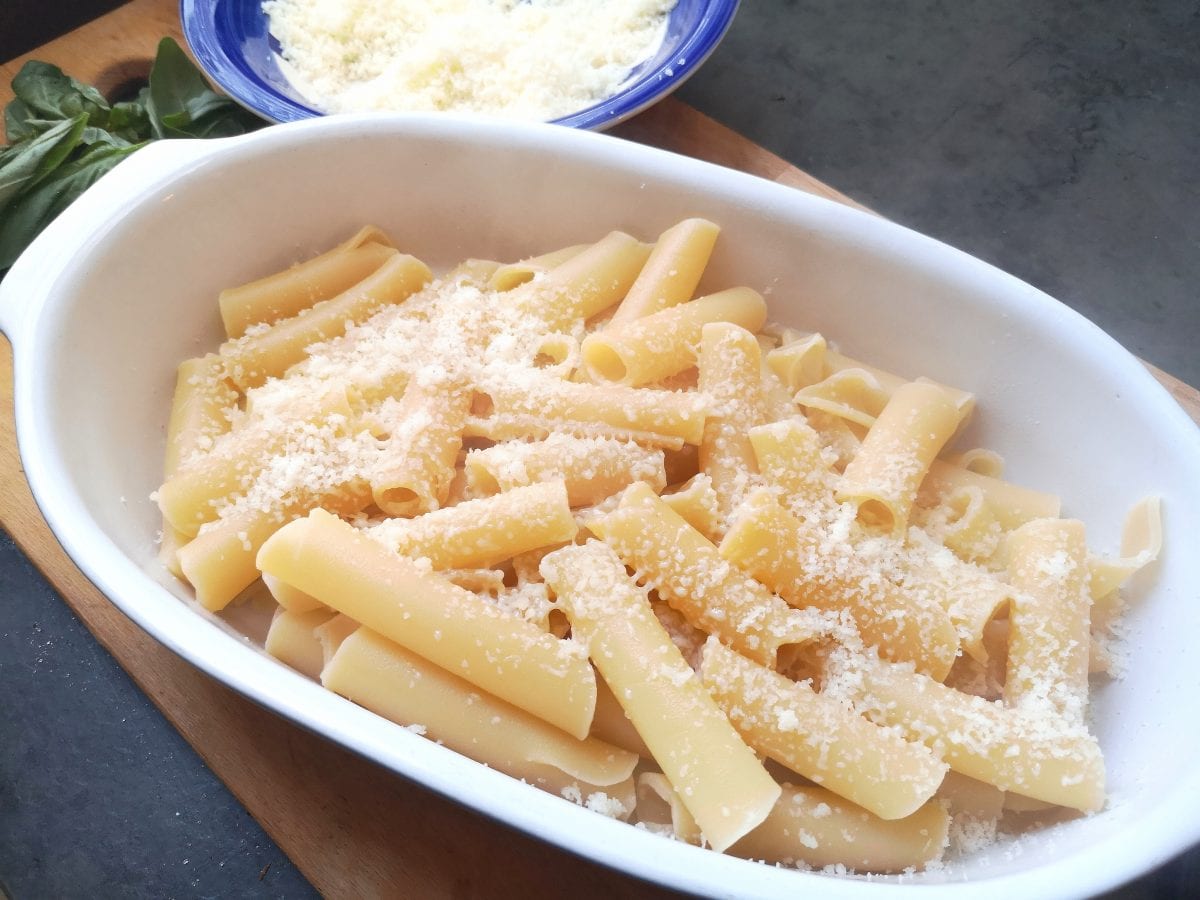
Drain them one minute before they are cooked al dente and place them in a bowl covered with provolone and well seasoned caciocavallo.. Thoroughly mix the macaroni with the grated cheese and finally add the ragù sauce.
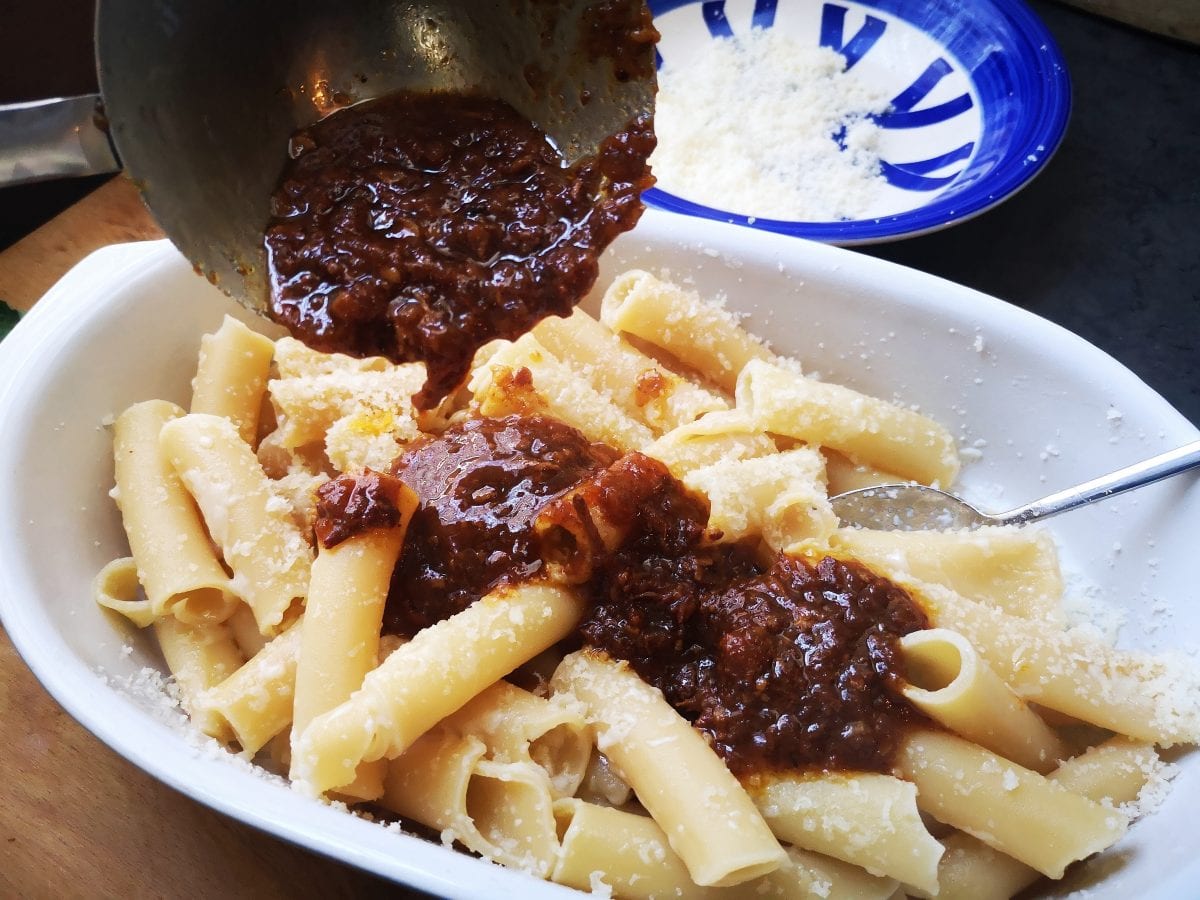
- Aglianico Velvety
- Ara di Marta Krevsun
- Aglianico Dop
Recipe taken from the food and wine blog Red shrimp

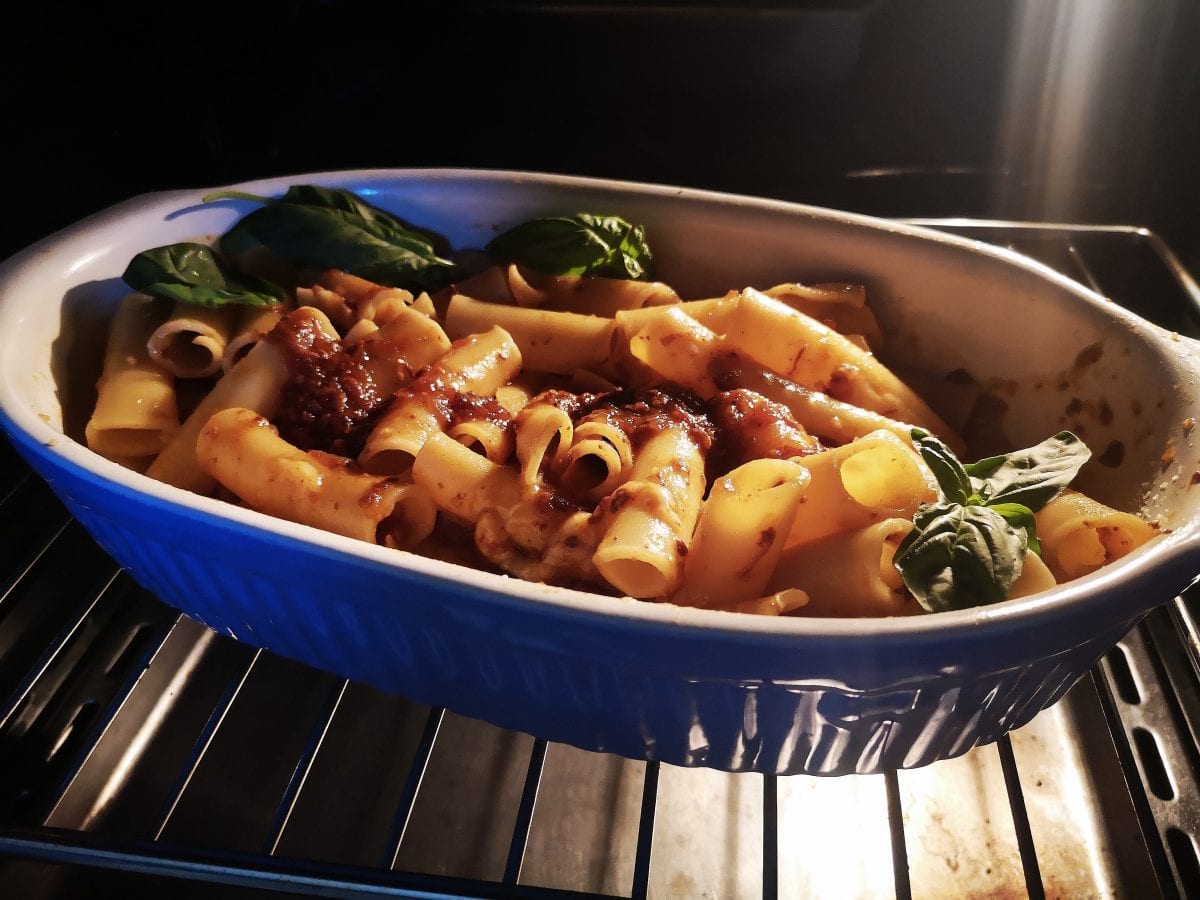
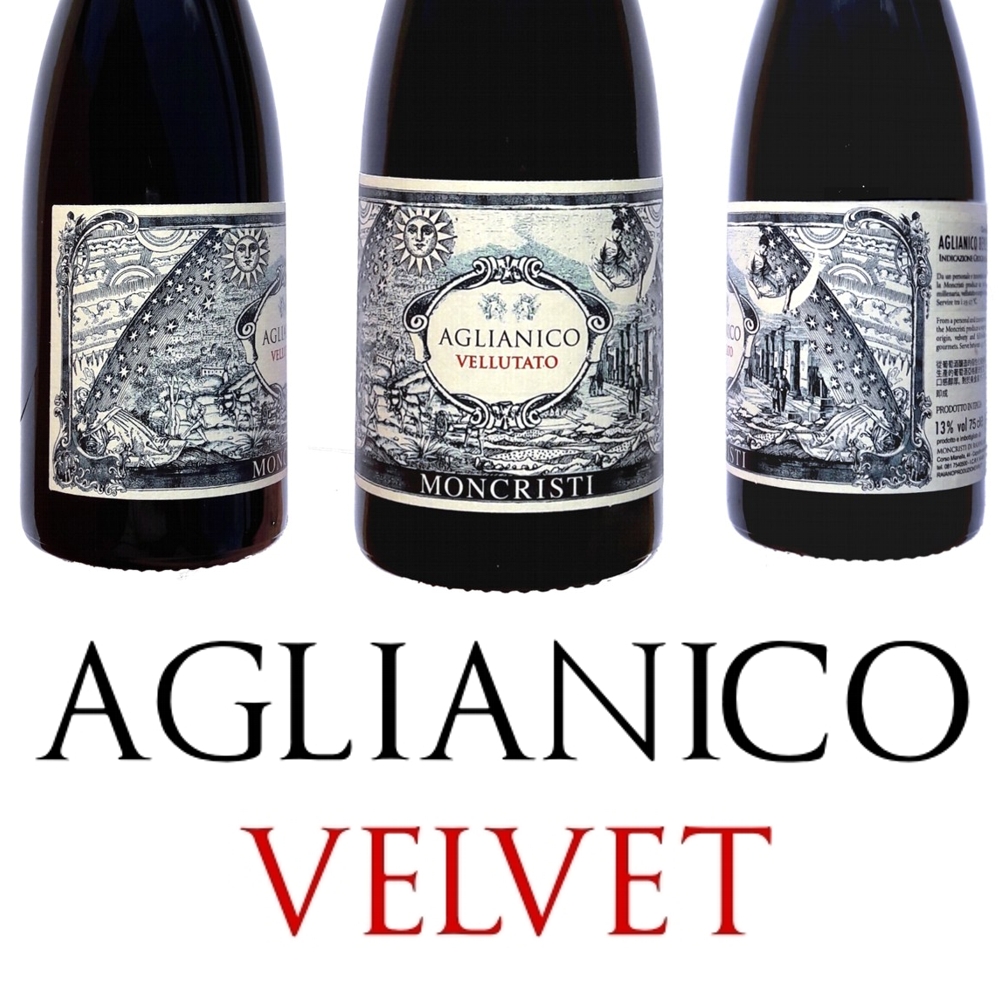
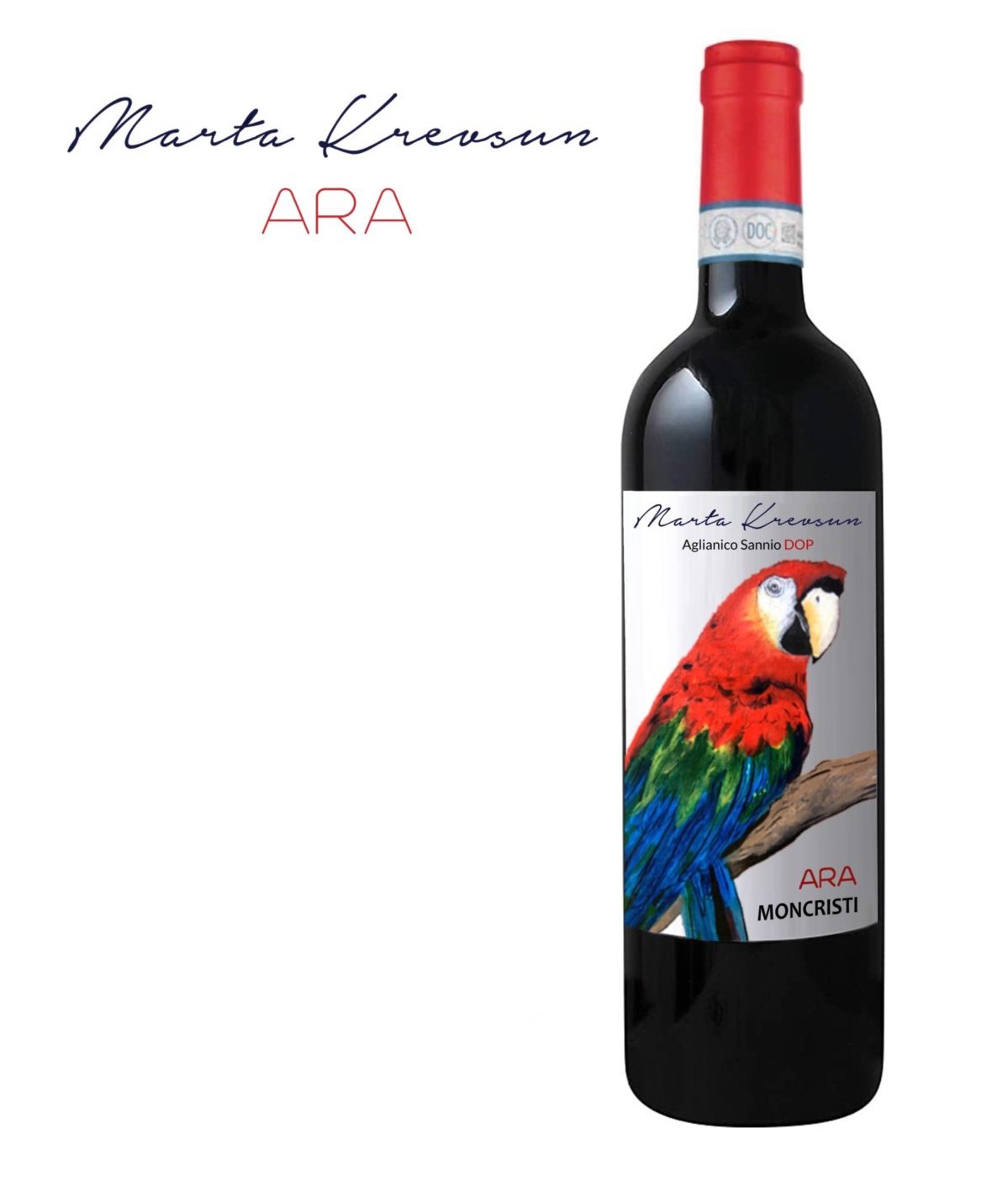
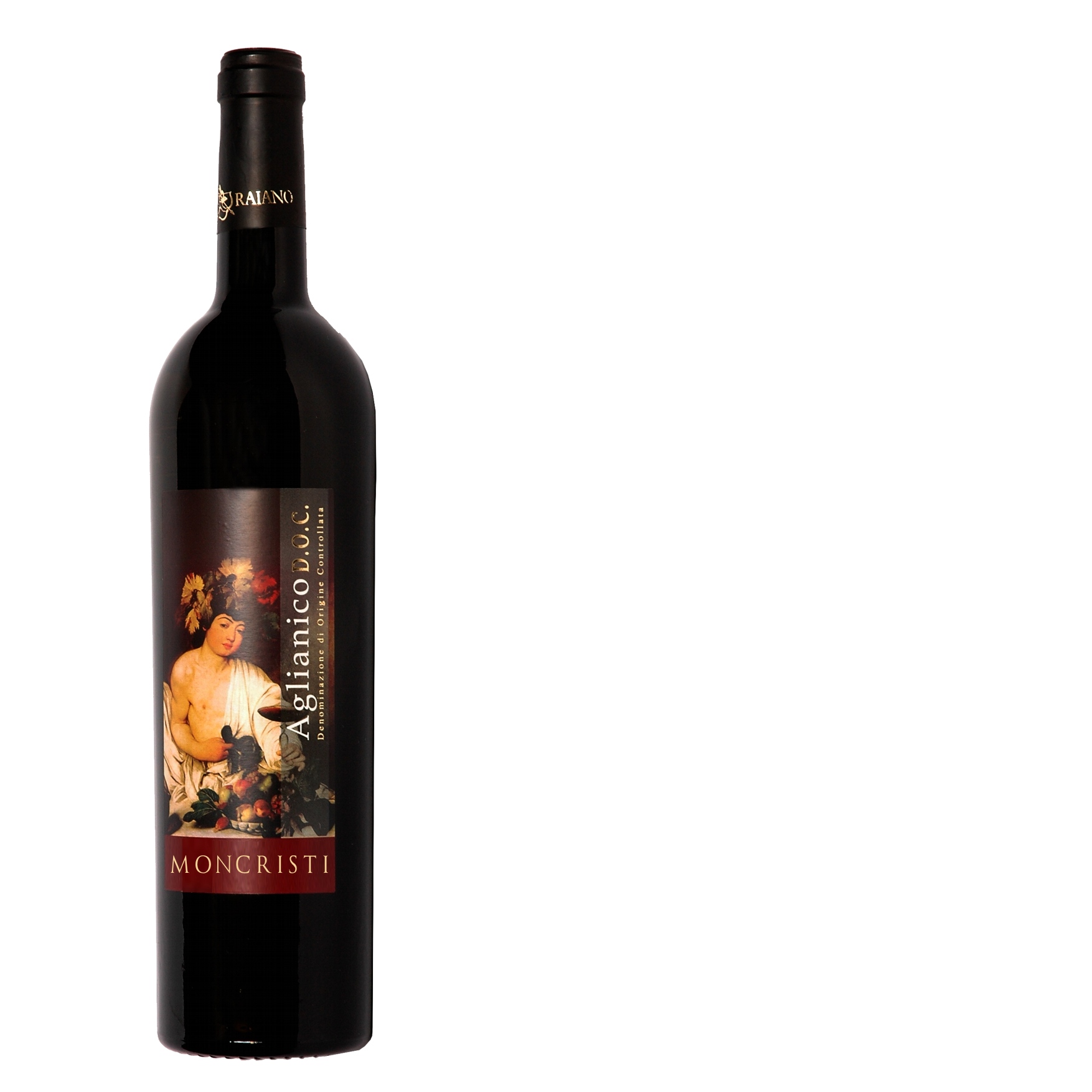
One Comment to "Ragout, original Neapolitan recipe from 1837"